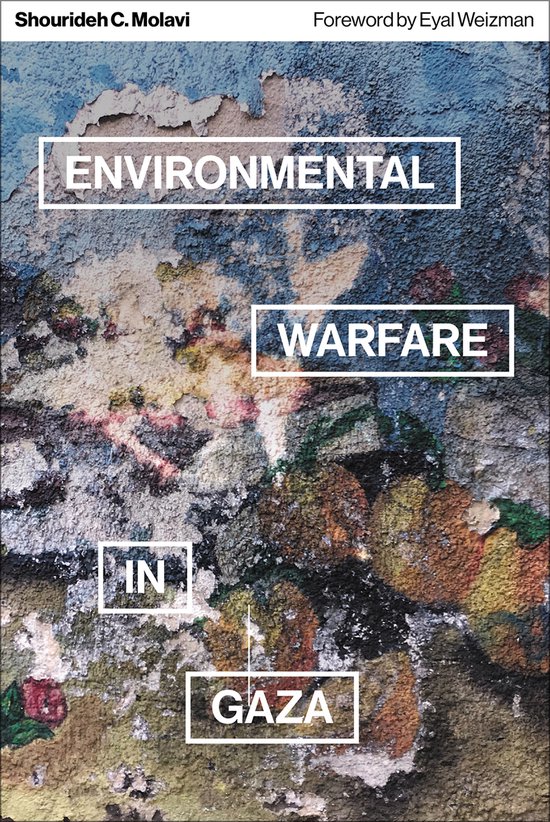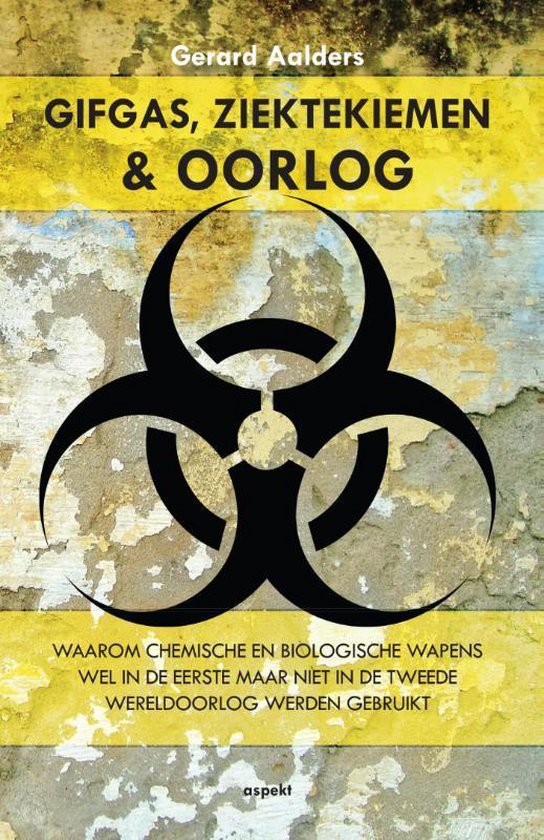
Environmental Warfare in Gaza
Israel is destroying both lives and livelihoods as it decimates the fertile lands of Palestine
“Almost entirely written before the catastrophic events of late 2023, this book anticipates them, exposing the brutal history of crimes against trees, plants and the people who live with them along the 300-mile border zone between Gaza and Israel, as nothing less than 75 years of colonization” Laura Kurgan, Professor, Columbia University
“A timely and very essential addition for understanding the multi-layered story of Gaza, and that of Palestine. Beyond the familiar warfare in Gaza, the book presents a unique tale of Israeli violence to reengineer the Palestinian environment” Ahmad Amara, lawyer and lecturer, Al-Quds University
“Provides a much-needed historical context to understand unfolding events in light of the long history of Palestinian liberation struggles through the lens of environmental history” Paulo Tavares, architect and author
The engineered perimeter around the occupied Gaza Strip is formed by a sophisticated system of fences, forts and surveillance technologies. With each Israeli incursion, a military no-go area, or a “buffer zone”, is established along its “borders”, extending deep into Palestinian communities and farmlands in Gaza. These practices reproduce Israel’s eco-colonial imaginary, further compounding the Gaza Strip’s isolation from the rest of Palestine.
Since 2014, the bulldozing of Palestinian lands by Israeli occupation forces has been complemented by the unannounced aerial spraying of military herbicides, extending the reach of Israeli colonial violence into the realm of chemical warfare. The spraying has destroyed entire swaths of arable land in Gaza, contributing to decades-long practices that have forcibly changed a once-lush Palestinian landscape.
This book is a vivid document of this aspect of Israeli eco-colonial warfare and the strategies of anti-colonial resistance adopted by Palestinians in Gaza as a result. It includes original maps, images and visualizations, and collects new documents, original archival materials, stills of drone footage, first-hand testimonies of farmers, organizers and protesters, and documents affected vegetation in Gaza as “silent witnesses” to Israeli settler-colonial violence.
Shourideh C. Molavi is a writer and scholar specializing in citizenship, statelessness and human rights. She is the dedicated Palestine-Israel researcher at Forensic Architecture, an independent research agency based in London, and teaches at the Institute for the Study of Human Rights at Columbia University. She is the author of Stateless Citizenship: The Palestinian-Arab Citizens of Israel.
The perimeter around the occupied Gaza Strip is formed by a sophisticated system of fences, forts and surveillance technologies. With each Israeli incursion, a military no-go area, or a 'buffer zone', is established along Gaza's 'borders', extending deep into Palestinian residential areas and farmlands— further compounding the Gaza Strip's isolation from the rest of Palestine.
Since 2014, the bulldozing of Palestinian lands by the Israeli occupation forces has been complemented by unannounced aerial spraying of military herbicides, extending the reach of Israeli violence into the realm of chemical warfare. Today, the spraying has destroyed entire swaths of arable land in Gaza, forcibly changing a once-lush Palestinian landscape, and providing the Israeli army with better visibility to fire at Palestinian targets with lethal force from a distance.
This book is a vivid document of this latest stage of Israeli warfare, including original maps, images and visualisations which deepen our understanding of its environmental and human impact. It collects new documents, original archival materials, stills of drone footage, first-hand testimonies of farmers, organisers and protesters, and documents affected vegetation in Gaza as 'silent witnesses' to Israeli settler-colonial violence.
| Auteur | | Shourideh C. Molavi |
| Taal | | Engels |
| Type | | Paperback |
| Categorie | | Mens & Maatschappij |



